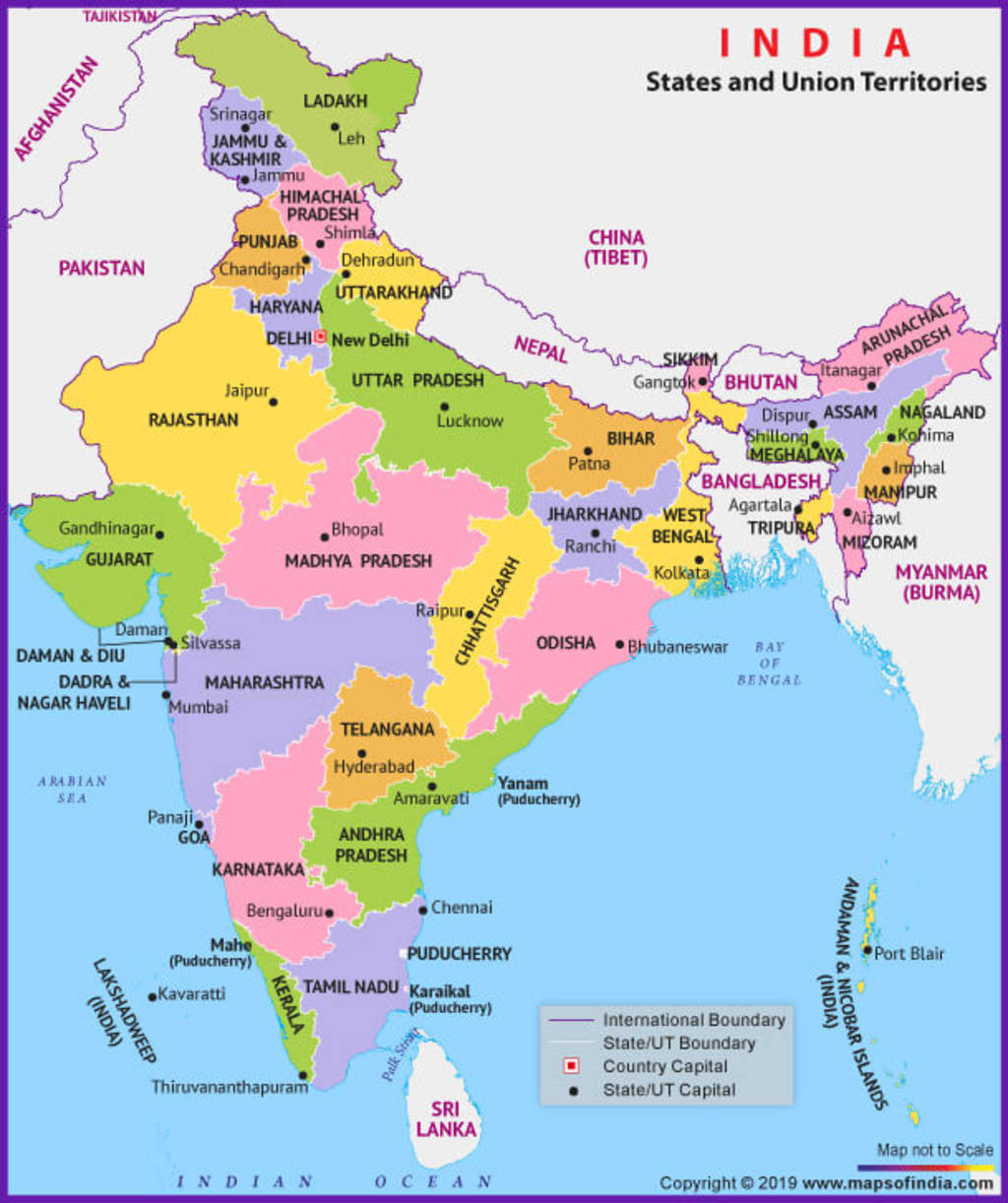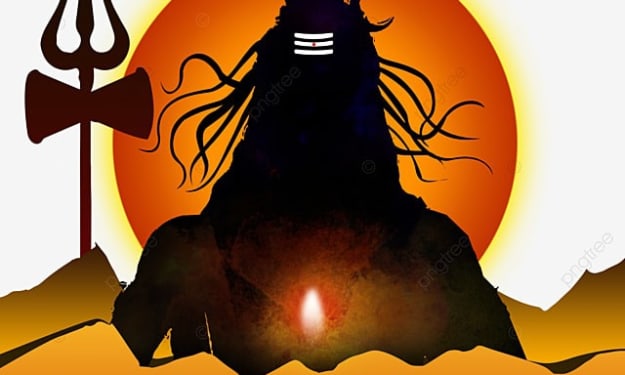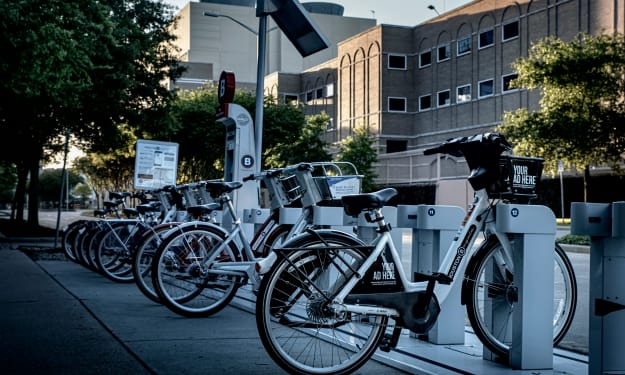
According to consensus in modern genetics, anatomically modern humans first arrived on the Indian subcontinent from Africa between 73,000 and 55,000 years ago.However, the earliest known human remains in South Asia date to 30,000 years ago. Sedentariness, which involves the transition from foraging to farming and pastoralism, began in South Asia around 7000 BCE. At the site of Mehrgarh, its presence can be documented, with evidence of domestication of wheat and barley, rapidly followed by that of goats, sheep, and cattle.By 4500 BCE, such settled life had increasingly spread, and began to gradually evolve into the Indus Valley civilisation, which was contemporaneous with Ancient, Egypt and Mesopotamia. This civilisation flourished between 2500 BCE and 1900 BCE in present-day Pakistan and north-western India, and was noted for its urban planning, baked brick houses, elaborate drainage, and water supply.
Early on in the second millennium BCE, persistent drought caused the population of the Indus Valley to scatter from large urban centres to villages. Around the same time, Indo-Aryan tribes moved into the Punjab from Central Asia in several waves of migration. The Vedic Period (1500–500 BCE) was marked by the composition of their large collections of hymns called Vedas. Their varna system, which evolved into the caste system, consisted of a hierarchy of priests, warriors, free peasants, and servants. The pastoral and nomadic Indo-Aryans spread from the Punjab into the Gangetic plain, large swaths of which they deforested for agriculture. The composition of Vedic texts ended around 600 BCE, when a new, interregional culture arose. Then, small chieftaincies janapandas were consolidated into larger states mahajanapada
A second urbanisation took place, which came with the rise of new ascetic movements and religious concepts[4] in Greater Magadha, including the rise of Jainism and Buddhism. These opposed the growing influence of Brahmanism and the primacy of rituals—often presided by Brahmin priests—that had come to be associated with Vedic religion.In response to the success of these movements, the latter was synthesised with the preexisting religious cultures of the subcontinent, giving rise to Hinduism.
Alexander the Great invaded India in 326 BCE. This weakened the Northwestern states and enabled the formation of the first great empire in ancient India, the Maurya Empire. Most of the Indian subcontinent was conquered by the Maurya Empire during the 4th and 3rd centuries BCE. From the 3rd century BCE onwards, Prakrit and Pali literature in the north and Tamil Sangam literature in southern India started to flourish.[6][7] Wootz steel originated in south India in the 3rd century BCE and was exported.[8][9][10] The Maurya Empire would collapse in 185 BCE, on the assassination of the then-Emperor Brihadratha by his General Pushyamitra Shunga. Shunga would go on to form the Shunga Empire in the North and Northeast of the subcontinent, while the Greco-Bactrian Kingdom would claim the Northwest and found the Indo-Greek Kingdom. Various parts of India were ruled by numerous dynasties, including the Gupta Empire in the 4-6th centuries CE
This period, witnessing a Hindu religious and intellectual resurgence, is known as the Classical or Golden Age of India. During this time, aspects of Indian civilisation, administration, culture, and religion spread to much of Asia. Kingdoms in southern India had maritime business links with the Middle East and the Mediterranean. Indian cultural influence spread over many parts of Southeast Asia, which led to the establishment of Indianised kingdoms in the region, forming the Greater India
The most significant event between the 7th and 11th century was the Tripartite struggle centred on Kannauj that lasted for more than two centuries between the Pala Empire, Rashtrakuta Empire, and Gurjara-Pratihara Empire. Southern India saw the rise of multiple imperial powers from the middle of the fifth century, most notably the Chalukya, Chola, Pallava, Chera, Pandyan, and Western Chalukya Empires. The Chola dynasty conquered southern India and successfully invaded parts of Southeast Asia, Sri Lanka, the Maldives, and Bengalin the 11th century. In the early medieval period Indian mathematics, including Hindu numerals, influenced the development of mathematics and astronomy in the Arab world, including the creation of the Hindu-Arabic numeral system.
Islamic conquests made limited inroads into modern Afghanistan and Sindh as early as the 8th century, followed by the invasions of Mahmud Ghazni.The Delhi Sultanate was founded in 1206 CE by Central Asian Turks who ruled a major part of the northern Indian subcontinent in the early 14th century, but declined in the late 14th century, and saw the advent of the Deccan sultanates.The wealthy Bengal Sultanate also emerged as a major power, lasting over three centuries.This period also saw the emergence of several powerful Hindu states, notably the Vijayanagara Empire and Rajput states, such as Mewar. The 15th century saw the advent of Sikhism.
The early modern period began in the 16th century, when the Mughal Empire conquered most of the Indian subcontinent,signaling the proto-industrialization, becoming the biggest global economy and manufacturing power, with a nominal GDP that valued a quarter of world GDP, superior to that of Europe.The Mughals suffered a gradual decline in the early 18th century, which provided opportunities for the Marathas, Sikhs, Mysoreans, Nizams, and Nawabs of Bengal to exercise control over large regions of the Indian subcontinent.
From the mid-18th century to the mid-19th century, large regions of India were gradually annexed by the East India Company, a chartered company acting as a sovereign power on behalf of the British government. Dissatisfaction with company rule in India led to the Indian Rebellion of 1857, which rocked parts of north and central India, and led to the dissolution of the company. India was afterwards ruled directly by the British Crown, in the British Raj. After World War I, a nationwide struggle for independence was launched by the Indian National Congress, led by Mahatma Gandhi, notable for nonviolence. Later, the All-India Muslim League would advocate for a separate Muslim-majority nation state. The British Indian Empire was partitioned in August 1947 into the Dominion of India and Dominion of Pakistan, each gaining its independence.
The Indian independence movement was a series of historic events with the ultimate aim of ending British rule in India. It lasted from 1857 to 1947.
The first nationalistic revolutionary movement for Indian independence emerged from Bengal. It later took root in the newly formed Indian National Congress with prominent moderate leaders seeking the right to appear for Indian Civil Service examinations in British India, as well as more economic rights for natives. The first half of the 20th century saw a more radical approach towards self-rule by the Lal Bal Pal triumvirate, Aurobindo Ghosh and V. O. Chidambaram Pillai.
The final stages of the independence struggle from the 1920s was characterized by Congress' adoption of Mahatma Gandhi's policy of non-violence and civil disobedience. Intellectuals such as Rabindranath Tagore, Subramania Bharati, and Bankim Chandra Chattopadhyay spread patriotic awareness. Female leaders like Sarojini Naidu, Pritilata Waddedar, and Kasturba Gandhi promoted the emancipation of Indian women and their participation in the freedom struggle.
Few leaders followed a more violent approach. This became especially popular after the Rowlatt Act, which permitted indefinite detention. The Act sparked protests across India, especially in the Punjab province, where they were violently suppressed in the Jallianwala Bagh massacre.
the partition of India. The AICIC also was opposed to separate electorates for Christians, believing that the faithful "should participate as common citizens in the one common, national political system".The All India Conference of Indian Christians and the All India Catholic Union formed a working committee with M. Rahnasamy of Andhra University serving as president and B.L. Rallia Ram of Lahore serving as general secretary. In its meeting on 16 and 17 April 1947, the joint committee prepared a 13-point memorandum that was sent to the Constituent Assembly of India, which asked for religious freedom for both organisations and individuals; this came to be reflected in the Constitution of India.
The temperance movement in India became aligned with Indian nationalism under the direction of Mahatma Gandhi, who saw alcohol as a foreign importation to the culture of the subcontinent
The Indian independence movement was in constant ideological evolution. Essentially anti-colonial, it was supplemented by visions of independent, economic development with a secular, democratic, republican, and civil-libertarian political structure. After the 1930s, the movement took on a strong socialist orientation. It culminated in the Indian Independence Act 1947, which ended Crown suzerainty over India and created Pakistan.
India remained a Crown Dominion until 26 January 1950, when the Constitution of India established the Republic of India. Pakistan remained a dominion until 1956 when it adopted its first constitution. In 1971, East Pakistan declared its own independence as Bangladesh.
organise meetings well in advance of your trip, if travelling long distances, as they may often be postponed. Check again before travelling Be punctual – this shows respect and integrity Business meetings often begin with small talk This may continue for an extended time as Indians prefer doing business when they are familiar with someone Ask your hosts personal questions; family, marriage, education and sport are good starting points. Avoid politics, religion and the caste system If unsure on any matter, defer to the senior person in the room as they will generally control the final decision Follow up meetings with an overview of discussions and decisions Negotiating Saying ‘no’ is too direct and confrontational for many Indians. Instead they will often say ‘maybe’ or ‘I’m not sure’. If this occurs change tack or rephrase question if possible Avoid any hard sell or appearing too demanding – Indians prefer harmony and respect Having said that, they can also bargain and will often barter for what they want Do not be tempted to show impatience or anger. Remain calm throughout the negotiating process Your interactions with your own countrymen will be monitored – try not to disagree publicly Final decisions will be made by the most senior person present and may take time – be patient Read more about the Indian negotiation style Management The caste system is still very much in evidence in the Indian business world Remain aware of superiors and treat them accordingly Indian society is built upon close familial relationships which can cross over into the business world. Be aware of ties that run through the business you are dealing with A paternalistic approach is often taken by managers in India due to hierarchical structures Managers will make decisions but they are also responsible for those below them within the business’ structure
India's States and Territories.

Iam article writter Make about All states of india and territory and oceans about 5000 words
Certainly, I can provide you with a comprehensive article about all the states and territories in India, as well as the oceans that surround the country. Here's a detailed write-up covering all the necessary information:
Introduction
India is a diverse country, with a rich cultural heritage and varied geography. It is the seventh-largest country in the world by land area and the second-most populous country, with over 1.3 billion people. India has 28 states and 8 union territories, each with its own unique identity and characteristics. In this article, we will provide an overview of each state and union territory, along with the oceans that surround India.
States of India
Andhra Pradesh
Andhra Pradesh is located in the southeastern part of India and is bordered by Telangana, Karnataka, Tamil Nadu, and Odisha. Its capital city is Amaravati, and the largest city is Visakhapatnam. The state is known for its beautiful beaches, ancient temples, and rich cultural heritage. Andhra Pradesh is also famous for its spicy cuisine and Kuchipudi dance.
Arunachal Pradesh
Arunachal Pradesh is situated in the northeastern part of India and is bordered by Assam, Nagaland, Bhutan, and Tibet. Its capital city is Itanagar, and the largest city is Pasighat. The state is known for its scenic beauty, diverse wildlife, and rich culture. Arunachal Pradesh is also home to various tribes, each with its own unique traditions and customs.
Assam
Assam is located in the northeastern part of India and is bordered by Arunachal Pradesh, Nagaland, Manipur, Mizoram, Meghalaya, and West Bengal. Its capital city is Dispur, and the largest city is Guwahati. The state is known for its tea plantations, wildlife sanctuaries, and beautiful rivers. Assam is also famous for its traditional crafts, such as bamboo weaving and silk production.
Bihar
Bihar is situated in the eastern part of India and is bordered by Uttar Pradesh, Jharkhand, West Bengal, and Nepal. Its capital city is Patna, and the largest city is Jamshedpur. The state is known for its ancient history, rich cultural heritage, and beautiful landscapes. Bihar is also famous for its traditional cuisine, such as litti-chokha and sattu.
Chhattisgarh
Chhattisgarh is located in the central part of India and is bordered by Madhya Pradesh, Maharashtra, Telangana, Odisha, Jharkhand, and Uttar Pradesh. Its capital city is Raipur, and the largest city is Bilaspur. The state is known for its rich mineral resources, dense forests, and beautiful waterfalls. Chhattisgarh is also famous for its tribal culture, folk music, and dance.
Goa
Goa is situated in the western part of India and is bordered by Maharashtra and the Arabian Sea. Its capital city is Panaji, and the largest city is Vasco da Gama. The state is known for its beautiful beaches, Portuguese architecture, and vibrant nightlife. Goa is also famous for its seafood, music festivals, and carnival.
Gujarat
Gujarat is located in the western part of India and is bordered by Rajasthan, Maharashtra, Madhya Pradesh, and the Arabian Sea. Its capital city is Gandhinagar, and the largest city is Ahmedabad. The state is known for its rich cultural heritage, ancient temples, and beautiful landscapes. Gujarat is also famous for its textile industry, handicrafts, and traditional cuisine, such as dhokla and fafda.
About the Creator
Enjoyed the story? Support the Creator.
Subscribe for free to receive all their stories in your feed. You could also pledge your support or give them a one-off tip, letting them know you appreciate their work.






Comments
There are no comments for this story
Be the first to respond and start the conversation.